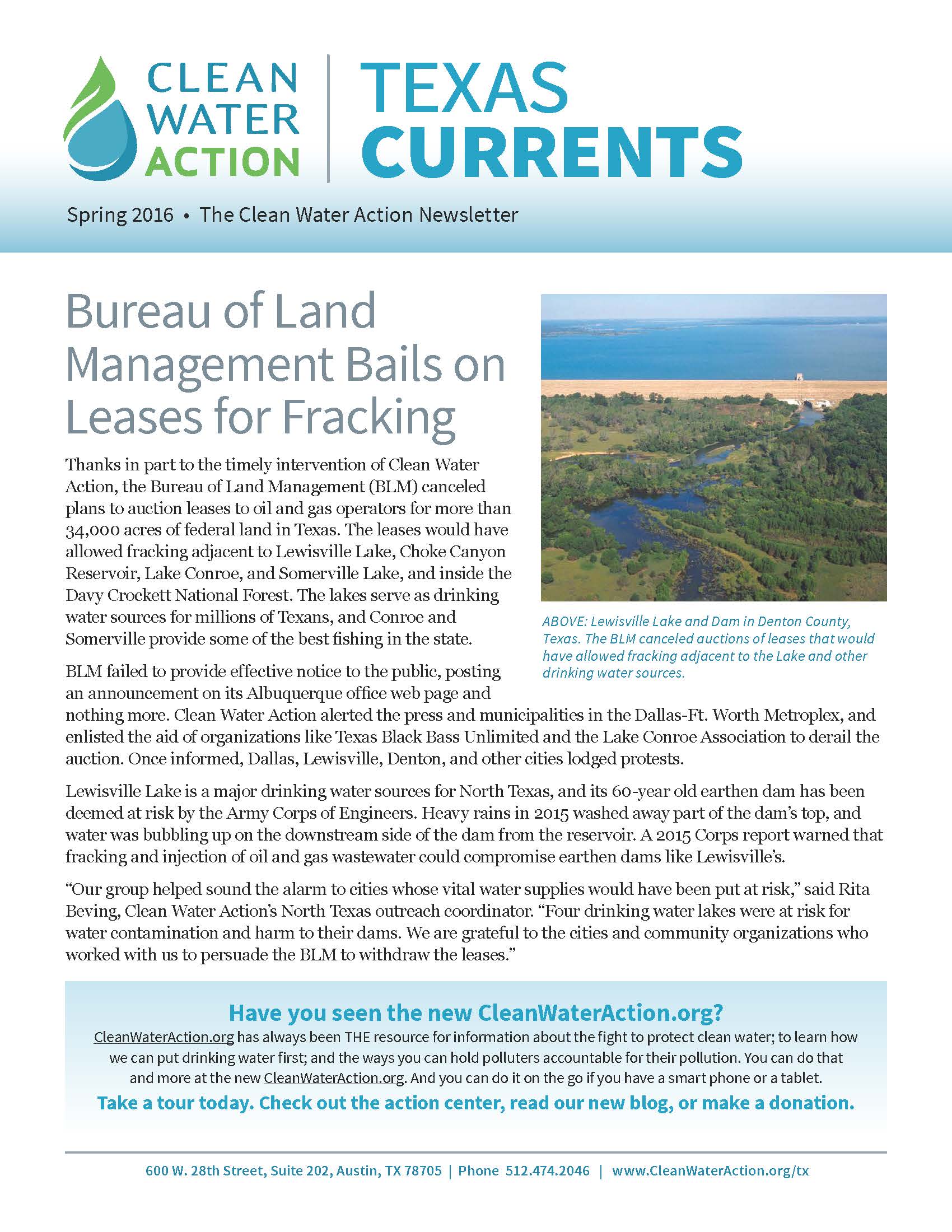In this issue
- Bureau of Land Management Bails on Leases for Fracking
- Let the Sun Shine on the Texas Railroad Commission
- What on Earth is Happening With Our Groundwater?
- Don’t Mess With Onion Creek!
- Austin Makes Once-a-Week Lawn Watering Permanent
Bureau of Land Management Bails on Leases for Fracking
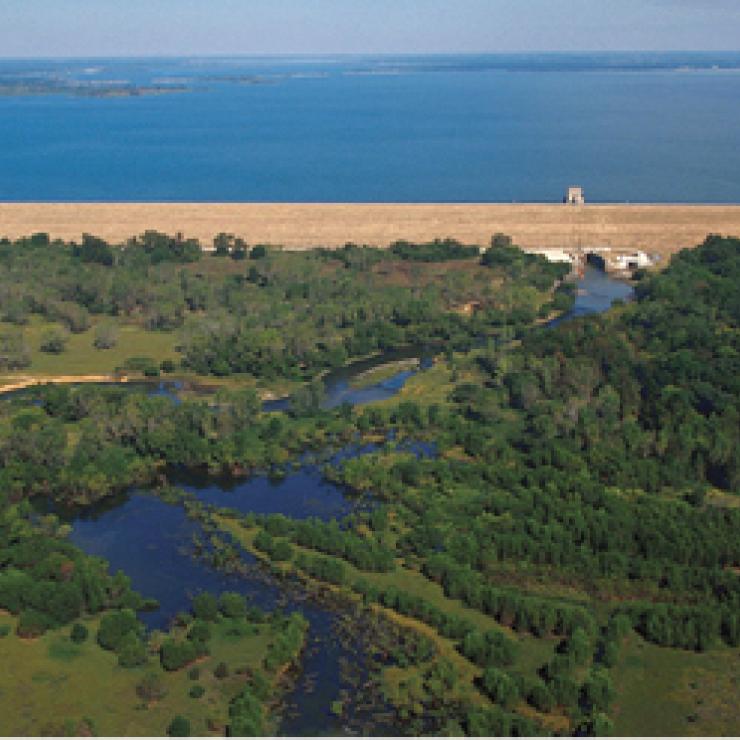
BLM failed to provide effective notice to the public, posting an announcement on its Albuquerque office web page and nothing more. Clean Water Action alerted the press and municipalities in the Dallas-Ft. Worth Metroplex, and enlisted the aid of organizations like Texas Black Bass Unlimited and the Lake Conroe Association to derail the auction. Once informed, Dallas, Lewisville, Denton, and other cities lodged protests.
Lewisville Lake is a major drinking water sources for North Texas, and its 60-year old earthen dam has been deemed at risk by the Army Corps of Engineers. Heavy rains in 2015 washed away part of the dam’s top, and water was bubbling up on the downstream side of the dam from the reservoir. A 2015 Corps report warned that fracking and injection of oil and gas wastewater could compromise earthen dams like Lewisville’s.
“Our group helped sound the alarm to cities whose vital water supplies would have been put at risk,” said Rita Beving, Clean Water Action’s North Texas outreach coordinator. “Four drinking water lakes were at risk for water contamination and harm to their dams. We are grateful to the cities and community organizations who worked with us to persuade the BLM to withdraw the leases.”
Let the Sun Shine on the Texas Railroad Commission

Under Texas law, each state agency comes up for review every twelve years. The Sunset Commission, itself a state agency, begins by making recommendations to a legislative committee. This committee then refines the recommendations and passes them on to the full legislature, which makes a final determination. The legislature can make sweeping changes to an agency, abolish it altogether, or leave it more or less intact. The RRC’s sunset review should be complete by the end of next year’s legislative session, in late May 2017.
Clean Water Action and allies are calling on the legislature to make far-reaching changes to how the Railroad Commission operates. The RRC is now firmly under control of the oil and gas industry that it is supposed to regulate.
Clean Water Action is calling for changes to:
- Protect drinking water: Assure drilling operations and injection of oil and gas wastewater do not contaminate underground sources of drinking water (USDWs), including potentially treatable brackish water. Texas’ growing population and water shortages are leading many communities to consider desalination of groundwater that was once thought unsuitable for drinking.
- Improve transparency: Change the agency’s name to the Texas Energy Commission or Oil and Gas Commission so the public can understand its purpose; create an online database of permits and enforcement data, searchable by locality and company; require the RRC to publish an online list and map of all aquifers deemed suitable for injection of oil and gas wastewater; and assure that the public, including groundwater districts, are given notice well in advance of proposed injection of wastewater and the underlying geology and salinity of the receiving aquifers.
- Make polluters pay: Increase maximum fines for permit violations to $25,000 per day, consistent with penalties imposed by the Texas Commission on Environmental Quality; set fines at levels high enough to recover the profit gained by the violation; penalize repeat violators at higher rates; and increase financial assurance and bonding requirements to an amount at least half the cost of any potential clean-up operation.
- Control Seismic Activity: The evidence is overwhelming that injection of oil and gas wastewater is the source of swarms of earthquakes that are rocking many North Texas communities. Even neighboring Oklahoma, whose politics are colored by big oil just as they are in Texas, recognizes the link. Yet Texas officials have refused to acknowledge this link. Injection should only be allowed after seismic studies demonstrate that the chance of precipitating an earthquake is remote.
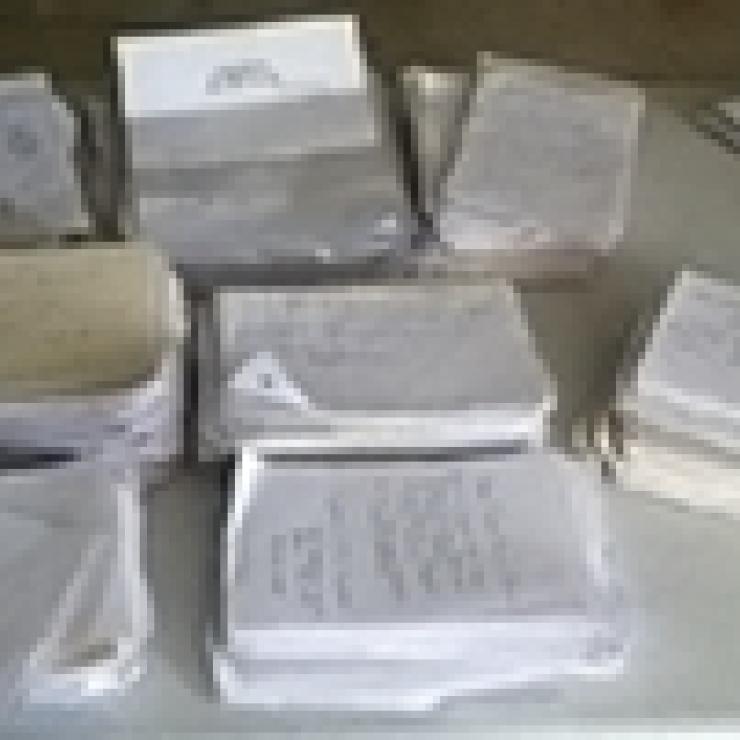
What on Earth is Happening With Our Groundwater?
Every year, the oil and gas industry injects billions of gallons of wastewater into aquifers. This waste contains water mixed with toxic chemicals to frack wells, and “produced water” that rushes to the surface along with the sought-for fossil fuels. In Texas, the resulting waste is generally re-injected into the ground to recover residual fuels (“enhanced oil recovery”) and less often into non-productive aquifers (“disposal wells”).
The federal Safe Drinking Water Act was originally intended to protect underground sources of drinking water from contamination. But a little-known provision allows aquifers to be exempted from the Act’s protections if they meet certain criteria: the aquifer must not be a current or future drinking water source, and its water must have a salinity level of 10,000 total dissolved solids or greater.
Clean Water Action is investigating the aquifer exemption program, and the findings are alarming. No inventory of exemptions exists, and in California, shallow aquifers with a TDS of 3,000 or less have been contaminated. The Railroad Commission has not provided a list or map of aquifer exemptions for Texas, and has largely ignored requests for information. Absent data, the public cannot know if the industry has irreparably polluted aquifers that might have provided drinking water. This is especially alarming given that many localities, faced with population growth and a drying climate, are examining desalination of groundwater supplies once thought undrinkable.
Clean Water Action is redoubling efforts to decipher the aquifer exemption program, with the goal of ”protecting drinking water first.”
Don’t Mess With Onion Creek!

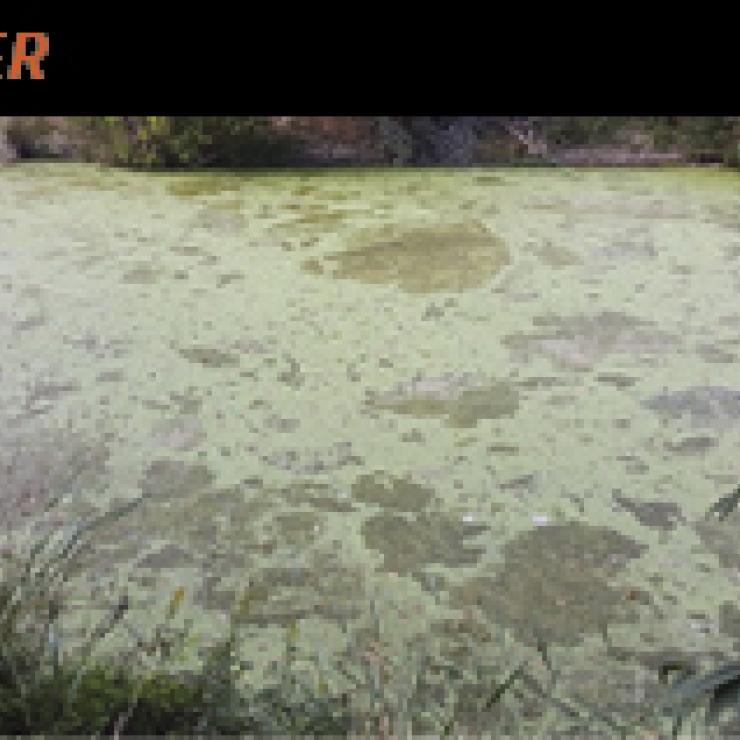
The permit is meant to enable Dripping Springs to handle massive amounts of wastewater that new subdivisions in northern Hays County are expected to generate. Clean Water Action and others are calling on the city to pursue an expanded permit to apply the wastewater to land instead; properly conducted land application allows soils to absorb phosphates, nitrates, and other contaminants, avoiding the need to discharge directly into the creek except in rainy periods when soils are saturated. Not only would this option spare Onion Creek; it would also allow wastewater to be used for non-potable purposes, such as irrigating lawns, parks, and medians. This cost-effective alternative would make Dripping Springs a model for sustainability rather than the bad neighbor it seems determined to become.
To help protect Onion Creek, please contact your state legislators and ask them to tell TCEQ not to grant the discharge permit.
Austin Makes Once-a-Week Lawn Watering Permanent
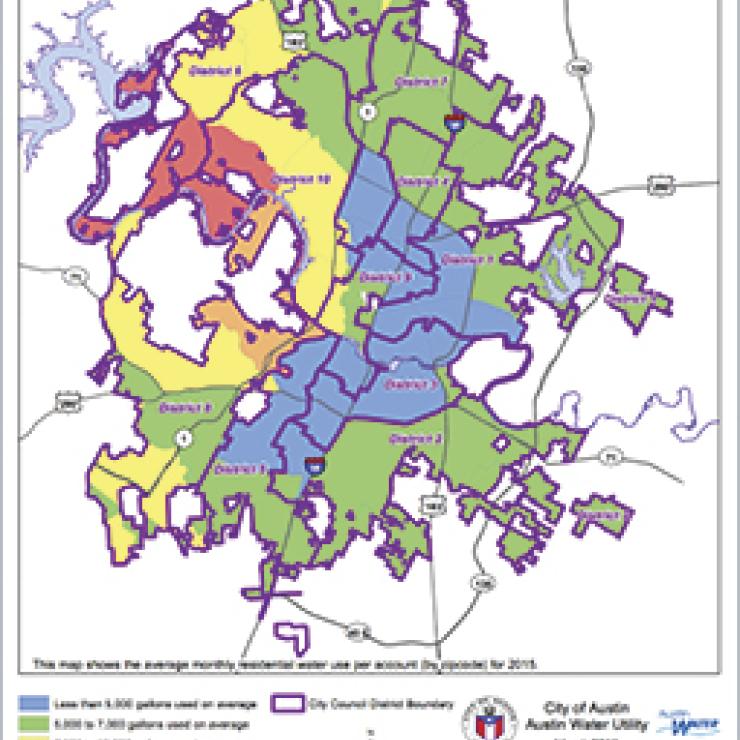
The new policy applies only to automatic, in-ground irrigation systems, which typically use three times as much water as hose-end systems. Hose-end sprinklers can still be used twice a week during non-critical drought stages, and owners of automatic systems can augment their watering during these stages by using a hose-end system on one additional day.
Once-a-week watering will save millions of gallons each year and help keep reservoir levels above key thresholds, even as population soars. Experts warn that Central Texas is likely to see longer periods of hotter, drier weather in the years ahead, punctuated by occasional periods of heavy storms. Drought is certain to return.
The policy also limits variances for only newly installed landscapes to drought-resistant plantings; the old policy allowed extended watering even for plants and turf grasses ill-suited to Central Texas climate.
Water is a limited, shared resource vital to the well being of communities and ecosystems throughout the state and beyond. Clean Water Action applauds the council majority for taking this important step.
